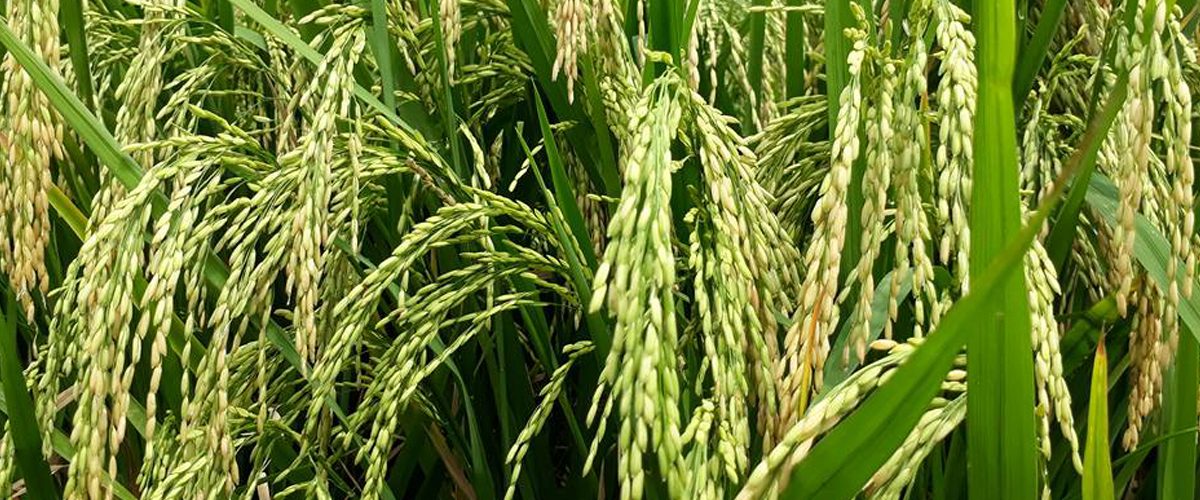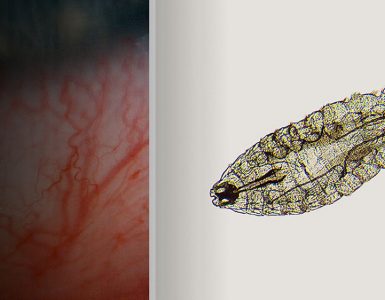Rice is the 2nd most staple food consumed by the human that Share 16.5% of global caloric intake from all sources. This crop is the prime source of nourishment each day for more than 1.6 billion people worldwide. Mulyani et al. (2016) informed that the national rice field conversion in Indonesia is projected at around 96,512 ha per year from 2000 until 2015. The decrease in low land rice area in Setia Janji that is an area of Asahan District, North Sumatra is related to the increase in area plantation, which has an impact on decreasing lowland rice yield. The decline can be caused by the conversion of lowland rice to oil palm plantations. Wildayana (2015) reported that the dominant consideration of farmers in converting rice fields to oil palm plantations was found in economic aspects by 51.35%. The major reasons are higher profit from oil palm plantations and lower costs maintaining oil palm. This decrease in the lowland rice land will have an impact on the deficit of rice stocks in Indonesia.
The Cultivation of lowland rice as intercropping among oil palm has been investigated by previous researchers without harming the plantations.
Bratkovich et al. (1993) studied that the oil palm has the ability to survive in flooded for 3 months. Rivera-Mendes et al. (2016) also stated that the oil palm seedlings will develop root aerenchyma and pneumatophores as an adaptation mechanism in waterlogged conditions. Aminudin et al. (2015) informed that the oil palm can survive in inundation conditions for up to 50 days. The results showed that oil palm in flooded conditions is valuable for the growth and development of lowland rice.

Lowland rice plants are also able to grow until harvesting even though several shaded by oil palm canopy. However, In the conditions of shaded experience disruption of biochemical and physiological processes. Chozin et al. (1999) stated that one of the inhibitors to the growth of upland rice in intercropping is the incidence of light deficits reaching the rice canopy. Low light intensity lowers the rate of photosynthesis and carbohydrate synthesis and results in a decrease in the rate of growth and yield of plants. Therefore, several alternative methods are needed to increase the yield of lowland rice with the integration of oil palms including the use of shade-tolerant varieties and plant spacing.
A novel research published in the Asian Journal of Plant Sciences conducted by Alridiwirsah et al. (2021) to obtain high-yielding lowland rice varieties at plant spacing with integrated mature-4 of smallholder oil palm.
The results stated that the use of Inpari Sidenuk variety with the plant spacing of 25×25 cm has the potential to be recommended in integration with mature-4 of smallholder oil palm to increasing yield and food self-sufficiency. In another research, Dass and Chandra (2013) studied that the net photosynthesis rate in the tillering and flowering of Hybrid 6444 variety with plant spacing of 25×25 cm was higher by 8.63 and 4.60% compared to plant spacing of 20×20 cm.
















Add comment